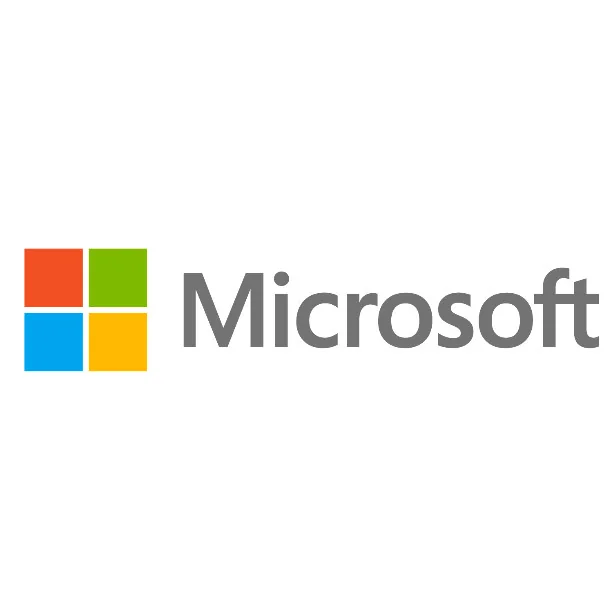Microsoft's Component Firmware Update Is Their Latest Short-Sighted Spec

Red Hat's Richard Hughes who is the lead developer on Fwupd and LVFS for firmware updating on Linux has written a lengthy blog post with his thoughts after studying the specification. Now that vendors have begun asking him about CFU, he's getting his opinions out there now and there are issues with the specification. Ultimately though if there is enough interest/adoption, he could support Component Firmware Update via Fwupd but he certainly isn't eager to do so.
Among the issues Richard takes with the Component Firmware Update specification is its pre-download phase with offloading dependency resolution to the micro-controller, the scope of the resolution handling being difficult for multi-component SoCs/devices, greater flash storage requirements for devices, and the concept of CFU updates happening in the background without any user interaction.
Richard ended his blog post with "Not a fan, but could support in fwupd if required."
The CFU protocol specification is at least open and available on GitHub.
13 Comments

